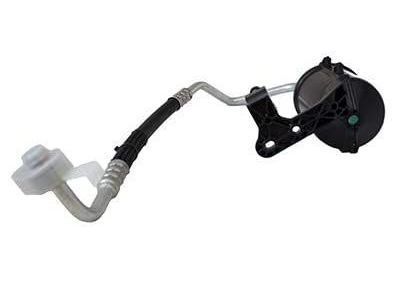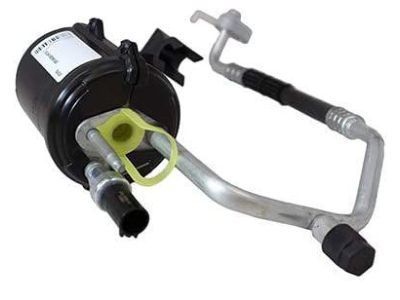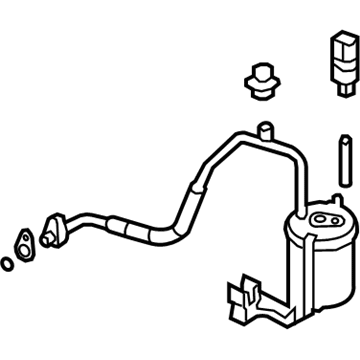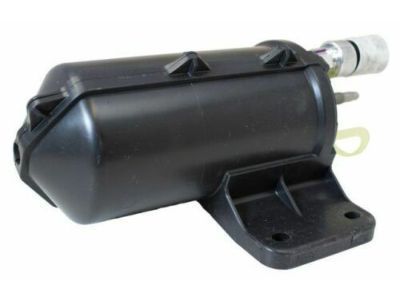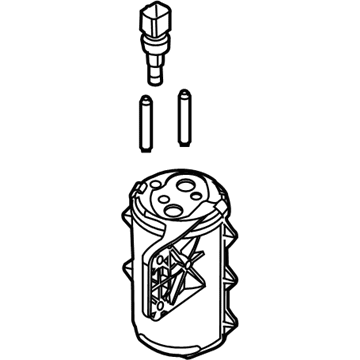FordParts
My Garage
My Account
Cart
OEM 2009 Ford Escape A/C Accumulator
Accumulator- Select Vehicle by Model
- Select Vehicle by VIN
Select Vehicle by Model
orMake
Model
Year
Select Vehicle by VIN
For the most accurate results, select vehicle by your VIN (Vehicle Identification Number).
2 A/C Accumulators found

2009 Ford Escape Dehydrator Part Number: BL8Z-19C836-B
$63.97 MSRP: $107.40You Save: $43.43 (41%)Ships in 1 Business DayProduct Specifications- Other Name: Accumulator Assembly - Air Conditioning; A/C Accumulator; Drier Desiccant Element; A/C Receiver Drier; Drier; Accumulator
- Replaces: 9L8Z-19C836-A, BL8Z-19C836-A, YF-37142, YF-3463
- Base No.: 19C836
- Item Weight: 4.90 Pounds
- Item Dimensions: 68.3 x 7.3 x 6.7 inches
- Condition: New
- Fitment Type: Direct Replacement
- SKU: BL8Z-19C836-B
- Warranty: This genuine part is guaranteed by Ford's factory warranty.

2009 Ford Escape Dehydrator Part Number: 9M6Z-19959-A
$48.20 MSRP: $66.68You Save: $18.48 (28%)Ships in 1-2 Business DaysProduct Specifications- Other Name: Dehydrator Assembly; A/C Receiver Drier; Drier Desiccant Element; A/C Accumulator; Drier
- Replaces: 8M6Z-19959-A, 8M6Z-19959-B
- Base No.: 19959
- Item Weight: 2.10 Pounds
- Item Dimensions: 12.4 x 6.1 x 7.8 inches
- Condition: New
- Fitment Type: Direct Replacement
- SKU: 9M6Z-19959-A
- Warranty: This genuine part is guaranteed by Ford's factory warranty.
2009 Ford Escape A/C Accumulator
If you're seeking quality and affordability, look no further than our extensive inventory of genuine 2009 Ford Escape A/C Accumulator available at FordPartsDeal.com. You can confidently purchase our OEM 2009 Ford Escape A/C Accumulator as they are supported by the manufacturer's warranty and our hassle-free return policy, alongside the benefit of our fast delivery service.
2009 Ford Escape A/C Accumulator Parts Q&A
- Q: How to service the A/C Accumulator for the 2.5L and 3.0L (4V) engines on 2009 Ford Escape?A: To service A/C accumulator in 2.5L and 3.0L engines, recover refrigerant, disassemble front bumper, and disconnect fittings, replace seals and torque to specified value. Take out the accumulator, replace it when dirty and verify that the refrigerant system is lubricated and tested properly.
